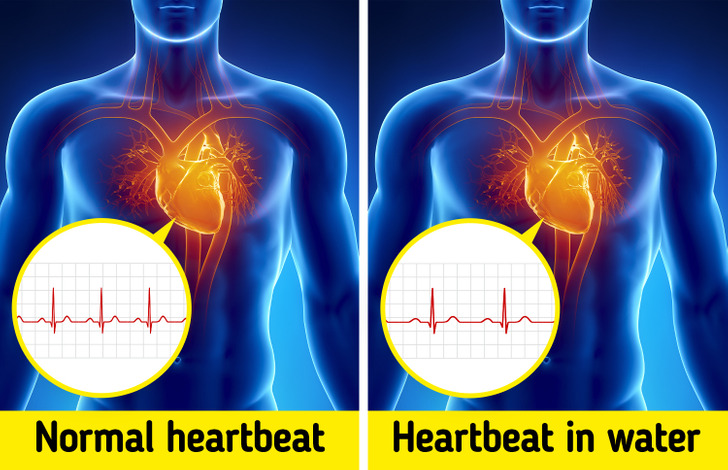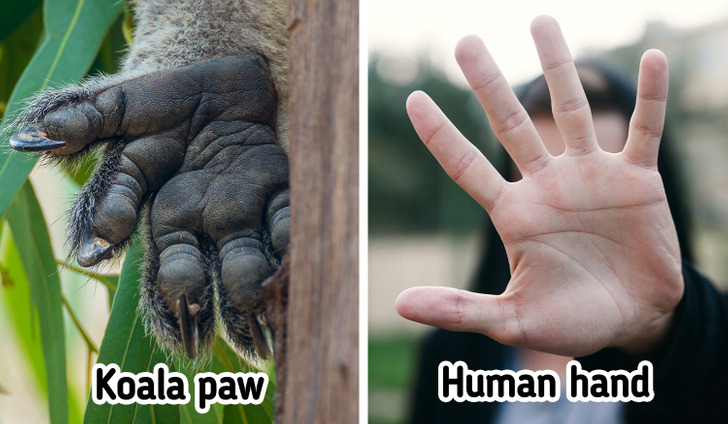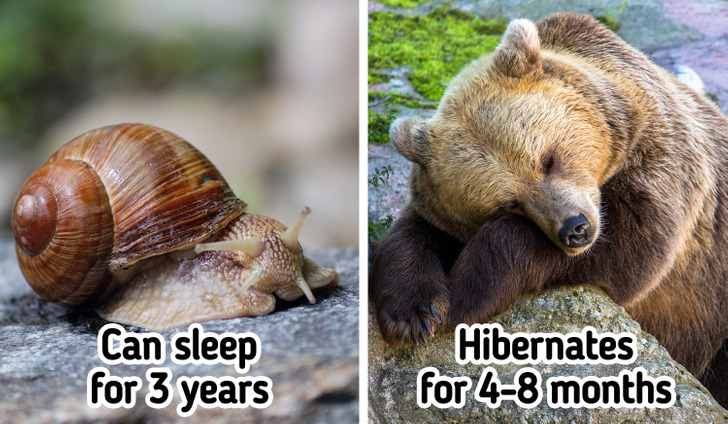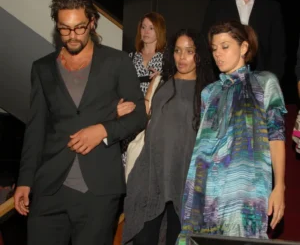When Cynthia Rhodes wasn’t “Staying Alive” on the dance floor with John Travolta, she was “Dirty Dancing” with Patrick Swayze.
Rhodes, who will turn 67 in November 2023, had a great career with famous dance movies from the 1980s. However, she chose to step away from the spotlight at the height of her fame.
Keep reading to find out why this talented actress, singer, and dancer retired so early!
Cynthia Rhodes was born in Nashville, Tennessee. She started her acting career with a small role in the 1980 musical fantasy film **Xanadu**, which starred the late Olivia Newton-John and Gene Kelly.
Her role as Tina Tech, a dancer in the 1983 film **Flashdance**, led to a bigger part later that year as John Travolta’s love interest in **Staying Alive**, the sequel to **Saturday Night Fever**, directed by Sylvester Stallone.
In 1987, she played her most famous role as Penny Johnson, a dance instructor at a resort hotel in **Dirty Dancing**.
In her role as Penny, Cynthia Rhodes shows off her amazing dance skills with graceful and flashy Mambo moves alongside the late Patrick Swayze. She also shares some very emotional and heartbreaking scenes with him.
Rhodes described her character Penny as having an “edge.” Penny both charmed and shocked viewers as she dealt with a difficult storyline involving a botched illegal abortion.
The film includes a socially relevant subplot about reproductive rights, with Rhodes at the center of it all. This helped position the three lead characters—Swayze as Johnny, Jennifer Grey as Baby, and Rhodes as Penny—for stardom.
“She’s from South Philly and she’s had a rough life,” Rhodes said about her character. “She’s got a sweetness about her, but it’s hidden because she’s been through a lot, and she has sort of put up a wall.” Rhodes added, “In the end, I think she finally realizes that life does go on.”

Life went on for Cynthia Rhodes, but not in the way her fans hoped.
After training for ten hours a day to prepare for her role as Penny, Rhodes found dancing to be “really hard.” She shared, “That’s why I keep saying I’m never going to dance again. I’m tired of dancing. My bones are hurting, and my back hurts all the time.” She added, “Every time I say, ‘That’s it, I don’t want to dance anymore,’ I get another film. I’m not going to turn down work! I feel very fortunate to be in films that involve dancing. But I just want a chance to do some dramatic work without dancing. Just give me a straight acting part.”
In the same year that *Dirty Dancing* was released, the 31-year-old Rhodes, who had many role options and admirers, appeared in the music video for “Don’t Mean Nothing” by Richard Marx. He is also known for the song “Right Here Waiting,” which was famously written for Rhodes in 1989.
In 1989, Rhodes married the Grammy Award-winning singer Richard Marx, and the couple welcomed their first child, Brandon, in 1990. They later had two more sons, Lucas in 1992 and Jesse in 1994.
According to Marx, Rhodes, who had previously trained for the Olympics, decided to retire in 1990 to focus on raising their children. He mentioned that this choice was also due to the “intense physical pain” her dance moves caused her.
“I thought, ‘This won’t last; she’s definitely going to want to come back to work and do films.’ But she found fulfillment in being a mom that completely overshadowed any desire she had to make movies,” Marx, now 59, explained. “Even if you’re her biggest fan, as good as you think she was as a dancer, singer, or actress, you should see her as a mom.”

Rhodes, who began dancing at just three years old, found that she was much happier being a mom and giving her body the rest it needed.
“The thing was, I used to never be sore. In fact, I was a gymnast. Now it’s frustrating… I never used to stretch, but now I have to stretch before I dance. I love to dance, but if I never did it again, I wouldn’t be sorry,” Rhodes said.
Since then, she hasn’t looked back. The last time she appeared on screen was in the 1991 film *Curse of the Crystal Eye.*
The former Hollywood starlet divorced Marx in 2014, and he married MTV’s first Latina host, Daisy Fuentes, the following year.
As for her sons, all three are following in the footsteps of their famous parents. Brandon is now a music producer and singer, while Lucas has made a name for himself as a singer and actor, appearing in TV series like *The Chicago Code*, *The Mob Doctor*, *Chicago P.D.*, and *Parenthood*. The youngest son, Jesse, has joined a metal band and is working on his own music.
Dancing requires a high level of athleticism, so while we miss seeing Cynthia Rhodes, we completely understand why she chose to leave Hollywood.
What are your favorite films featuring her?
10 Curiosities You Probably Didn’t Learn in Biology Class
The world is a big, wonderful place full of facts we never thought possible. For instance, if a pregnant mouse has a sudden medical issue, the fetus will send stem cells to heal the mother, increasing its chances of survival as well. Fetal stem cells have been found in human mothers as well, dubbed by science as microchimerism.
Bright Side dug up some more marvelous facts about nature and its creations, upholding our yearly resolutions to spread knowledge and joy.
1. The heart slows when your face touches water.

As mammals, we can’t breathe underwater, so as part of the mammalian dive reflex, our heart rate goes down in the water — more so if we go underwater. Even splashing the face with water makes the heart slow down, making it a great way to calm down.
2. Fungus can break down plastic in weeks.

It is said that in the future, there may be more plastic in the ocean than fish. This is why the plastic-eating fungus is great news, and there are around 50 new species of such fungi discovered already. One of the fungi discovered can digest plastic within 2 months, so there’s hope for us yet.
3. Newborn babies can support their own weight.

Newborn babies are strong — strong enough to be able to grasp things in their tiny fists and even support their weight as shown by an experiment done in the nineteenth century. Louis Robinson witnessed babies able to hang from a walking stick, from 10 seconds to 2 minutes and 35 seconds.
4. Koala fingerprints have been mistaken for human ones.

We’ve been told that our fingerprints are unique, and they are. But the fact remains that even though we share a common ancestor with the koala that was alive 100 million years ago, koala fingerprints look very similar to human fingerprints, as do chimpanzee fingerprints for that matter.
5. Snails can sleep for 3 years.

If you thought bears had it good with hibernation, meet the snail. Snails can sleep rather than hibernate for 3 years at a time without needing food. Of course, this is with some snail species, not all of them. Meanwhile, bears usually hibernate for just 4-8 months.
6. Sloths need 2 weeks to digest food.

Sloths don’t only move in slow motion — even their insides move slowly, ostensibly to preserve energy, which is why a sloth’s digestive system takes 2 weeks to process the food it ate. Plus, most of what it eats is indigestible, giving it very little energy from each slowly chewed mouthful.
On the other end of the spectrum lies the shrew, whose digestion takes mere minutes and is done so fast, not much of it is fully digested. This is the reason why shrews eat their own feces. They can die of starvation in a matter of hours if they don’t eat.
7. Your brain ignores seeing your nose.

We can see our nose all the time, it’s just that the brain tends to ignore it because it’s a constant visual stimulus. It’s the same with people who wear glasses. After a while, they simply stop noticing them.
8. Your forearm is the same length as your foot.

If you don’t have the time to try on a shoe, measure it from your elbow crease to your wrist. If it fits or is just a little smaller, it would fit your foot because the length of your forearm is the same as your foot. And this is just one of many human body ratios that are a marvel in themselves, including the fact that your femur bone is one-quarter your height.
9. You can “see” your white blood cells.

If you look up at a cloudless, bright blue sky and see some wiggly things at the periphery of your vision, you’ve just experienced the blue field entoptic phenomenon. The wiggly things are white blood cells moving in the fine blood vessels moving in front of the retina, at the back of the eye.
10. Human beings have striped skin, but only cats can see it.

Human beings have stripes and patterns on the skin too, and they are called Lines of Blaschko, name eponymously by the scientist who discovered them, Dr. Alfred Blaschko. These are closer to tiger stripes, forming more of a V-pattern fanning out from the center to the extremities. These lines are visible under UV light, a spectrum that cats can see too, which is why cats can see you as a striped being as well.
Which of these facts turned out to be a revelation for you? Share your extreme nature facts with us and blow us away.
Preview photo credit Shutterstock.com, Shutterstock.com



Leave a Reply